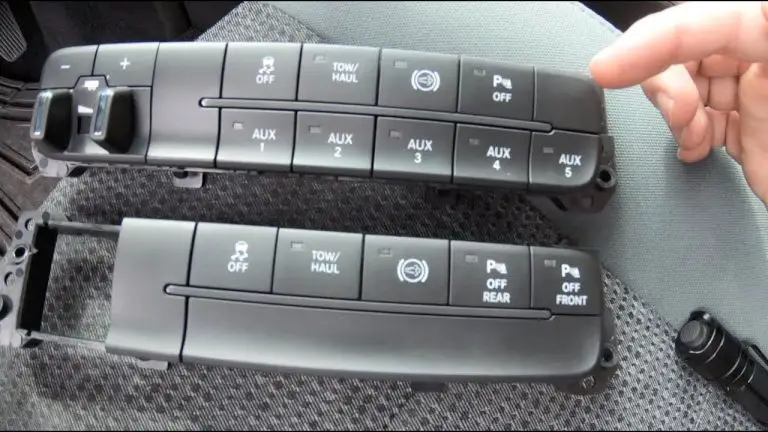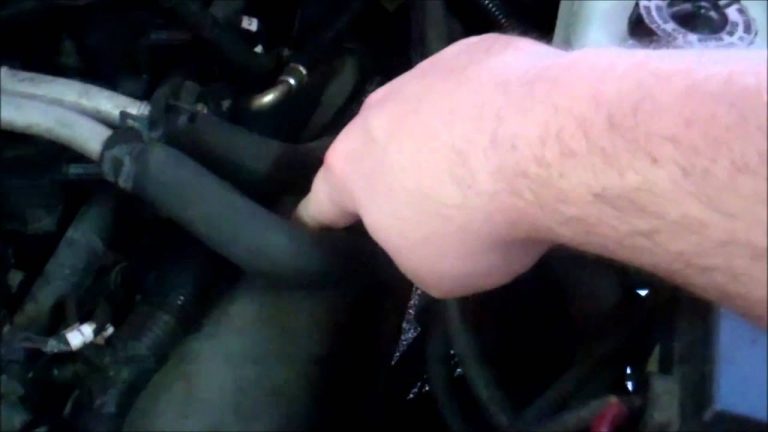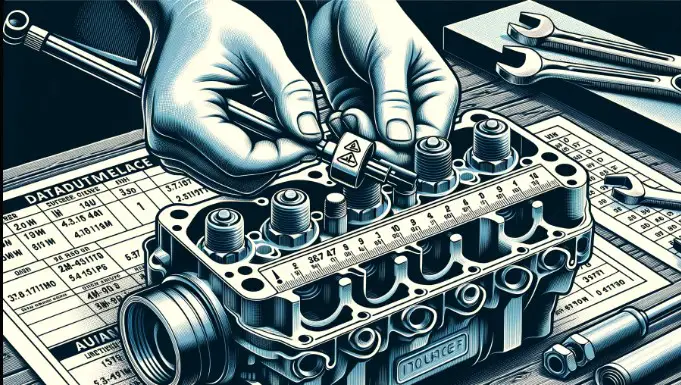Swapping a 4th Gen Bed on a 3rd Gen Dodge: Full Guide
Yes, it is possible to swap a fourth-generation Dodge bed on a third-generation Dodge. However, it is important to note that this is not a simple task, and it requires some knowledge and skill.
Swapping a fourth-generation Dodge bed onto a third-generation Dodge can be a great way to improve the appearance, functionality, and durability of your truck. However, it is important to weigh the pros and cons carefully before making a decision.
In this article I covered,
Benefits of swapping a 4th gen bed onto a 3rd gen Dodge
Improved appearance
The fourth-generation Dodge bed has a more modern and streamlined look than the third-generation bed. It features a more aerodynamic design, as well as more aggressive styling elements such as larger taillights and a more pronounced tailgate. This can give your third-generation Dodge a more updated and stylish appearance.
Added features
The fourth-generation Dodge bed is available with a number of features that are not available on the third-generation bed. These features include:
- RamBox bed storage system: This system provides lockable storage compartments on the sides of the bed, which can be used to store tools, gear, and other items.
- Tailgate assist: This system makes it easier to open and close the tailgate, especially when it is loaded with heavy items.
- Bed extender: This accessory extends the length of the bed, providing more cargo space.
- Bed liner: This accessory protects the bed from scratches and dents.
Increased functionality
The fourth-generation Dodge bed is also more functional than the third-generation bed. It features a wider and deeper bed, which provides more cargo space. It also has a higher payload capacity, so it can carry more weight.
Better durability
The fourth-generation Dodge bed is made from stronger materials than the third-generation bed, making it more durable and resistant to damage.
Overall, swapping a fourth-generation Dodge bed onto a third-generation Dodge can provide a number of benefits, including improved appearance, added features, increased functionality, and better durability.
Here are some specific examples of how these benefits can be realized:
- If you have a third-generation Dodge with a damaged or rusted bed, swapping a fourth-generation bed onto your truck can give it a new lease on life.
- If you are looking for a way to add more storage space to your truck, the RamBox bed storage system is a great option.
- If you frequently haul heavy loads, the fourth-generation Dodge bed’s higher payload capacity can be a valuable asset.
- If you are looking for a bed that is more resistant to damage, the fourth-generation Dodge bed is a good choice.
Of course, there are also some challenges involved in swapping a fourth-generation Dodge bed onto a third-generation Dodge. For example, it is important to make sure that the bed is compatible with your truck’s frame and other components. You will also need to have the necessary tools and skills to perform the swap correctly.
If you are considering swapping a fourth-generation Dodge bed onto your third-generation Dodge, it is important to weigh the pros and cons carefully. However, if you are looking for a way to improve the appearance, functionality, and durability of your truck, a fourth-generation bed swap can be a great option.
How to swap a 4th gen bed onto a 3rd gen Dodge
Here are some step-by-step instructions on how to swap a 4th gen bed onto a 3rd gen Dodge:
- Prepare the truck. Remove the tailgate and tailgate cables. Disconnect the bed from the fuel filler neck, electrical wiring, and brake lines.
- Remove the 3rd gen bed. Use a jack to support the bed and remove the bolts that attach it to the frame. Carefully lower the bed to the ground.
- Install the 4th gen bed. Position the bed on the frame and align the mounting holes. Install the bolts and tighten them to the specified torque.
- Reconnect the bed. Connect the tailgate cables, fuel filler neck, electrical wiring, and brake lines.
- Install the tailgate. Reinstall the tailgate and adjust the hinges as needed.
Here are some tools and parts you will need to perform the swap:
- Tools:
- Jacks
- Jack stands
- Wrenches
- Sockets
- Screwdrivers
- Pliers
- Parts:
- 4th gen Dodge bed
- Bed bolts
- Tailgate cables
- Fuel filler neck
- Electrical wiring
- Brake lines
Here are some common problems and solutions that you may encounter during the swap:
- Problem: The 4th-generation bed does not fit properly on the 3rd-generation frame.
- Solution: Make sure that the bed is compatible with your truck’s frame. You may need to modify the frame slightly to get the bed to fit properly.
- Problem: The bed is too high or too low.
- Solution: Adjust the bed bolts to raise or lower the bed as needed.
- Problem: The tailgate does not close properly.
- Solution: Adjust the tailgate hinges as needed.
Tips and tricks for a successful swap
How to choose the right bed
When choosing a 4th gen bed for your 3rd gen Dodge, there are a few things to keep in mind:
- Compatibility: Make sure that the bed is compatible with your truck’s frame and other components. You can check with a Dodge dealership or qualified mechanic to make sure that the bed you choose will fit your truck properly.
- Condition: Inspect the bed carefully for any damage or rust. If you are buying a used bed, be sure to ask the seller about its history.
- Features: Consider what features are important to you. For example, if you need a lot of storage space, you may want to choose a bed with the RamBox bed storage system.
How to prepare your truck for the swap
Before you start the swap, there are a few things you need to do to prepare your truck:
- Remove the tailgate and tailgate cables.
- Disconnect the bed from the fuel filler neck, electrical wiring, and brake lines.
- Support the bed with a jack.
- Remove the bolts that attach the bed to the frame.
- Carefully lower the bed to the ground.
How to install the new 4th gen bed onto a 3rd gen Dodge
To install the new bed, simply follow the steps in reverse order:
- Position the bed on the frame and align the mounting holes.
- Install the bolts and tighten them to the specified torque.
- Reconnect the tailgate cables, fuel filler neck, electrical wiring, and brake lines.
- Reinstall the tailgate and adjust the hinges as needed.
How to troubleshoot problems
If you encounter any problems during the swap, there are a few things you can do to troubleshoot them:
- Check the compatibility of the bed. Make sure that the bed is compatible with your truck’s frame and other components.
- Inspect the bed for damage. If the bed is damaged or rusted, it may not fit properly or it may not be durable.
- Make sure that the bed is properly aligned. If the bed is not aligned properly, it may not fit properly or it may cause problems with the tailgate.
- Check the tightness of the bed bolts. If the bed bolts are not tight enough, the bed may not be secure and it may move around.
If you are unable to troubleshoot the problem yourself, you can contact a Dodge dealership or qualified mechanic for help.
See Also:
- 4Th Gen Ram Aux Switches
- 2Nd Gen Cummins Interior Swap
- Gen 4 5.3 Torque Specs
- Gen 4 5.3 Head Bolt Torque Specs
Conclusion:
In conclusion, swapping a 4th gen bed onto a 3rd gen Dodge can be a great way to improve the appearance, functionality, and durability of your truck. However, it is important to weigh the pros and cons carefully before making a decision.
If you are considering swapping a 4th gen bed onto your 3rd gen Dodge, be sure to do your research and choose the right bed for your needs. Take your time be careful during the swap, and follow the instructions carefully. If you encounter any problems, don’t hesitate to ask for help from a qualified mechanic.
With a little planning and effort, you can swap a 4th gen bed onto your 3rd gen Dodge and give it a new lease on life.





